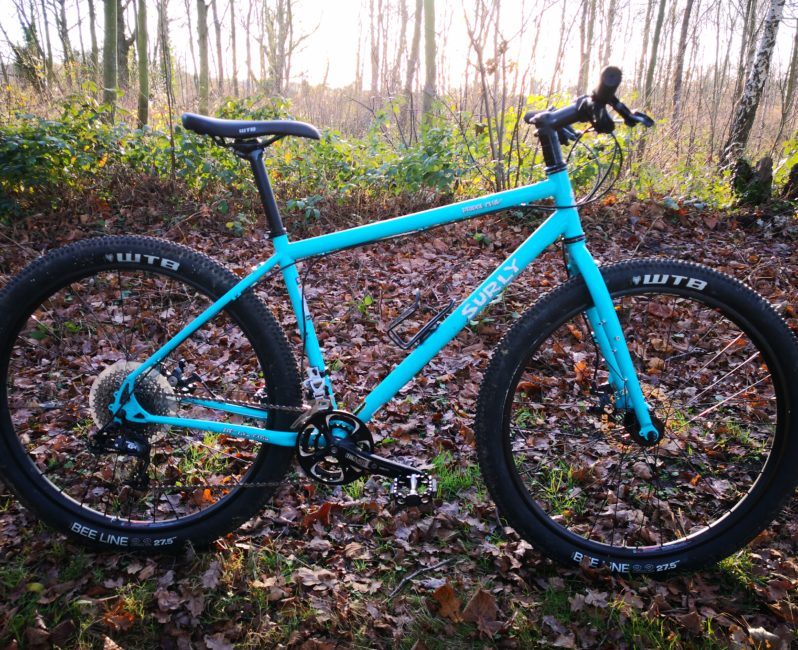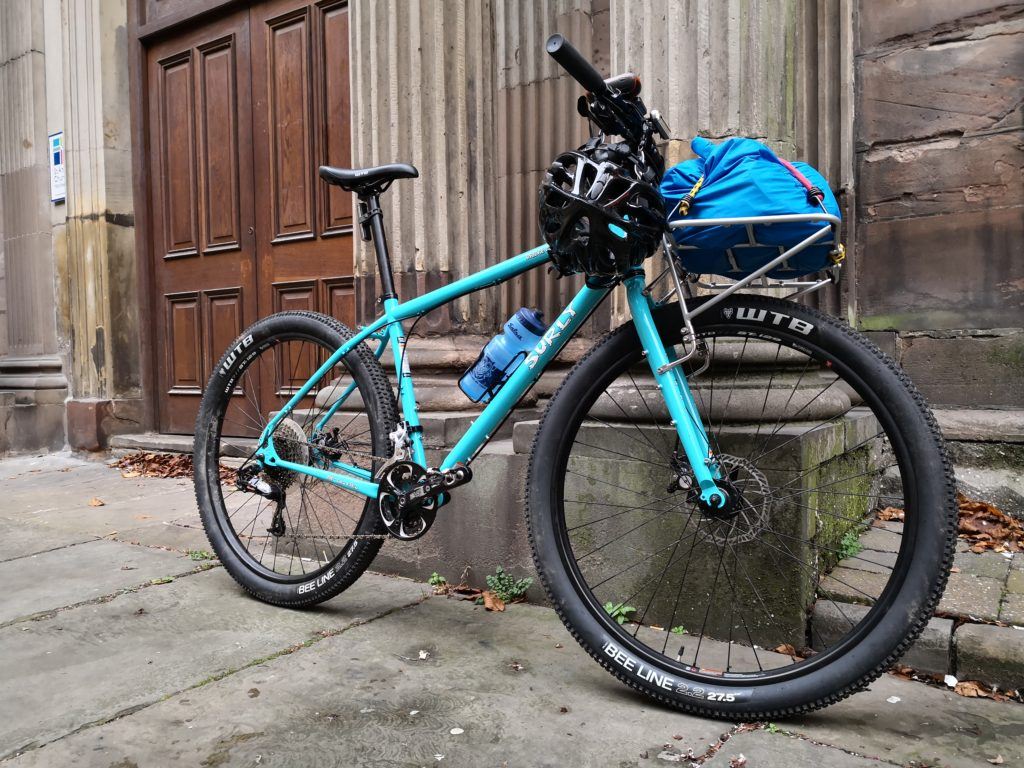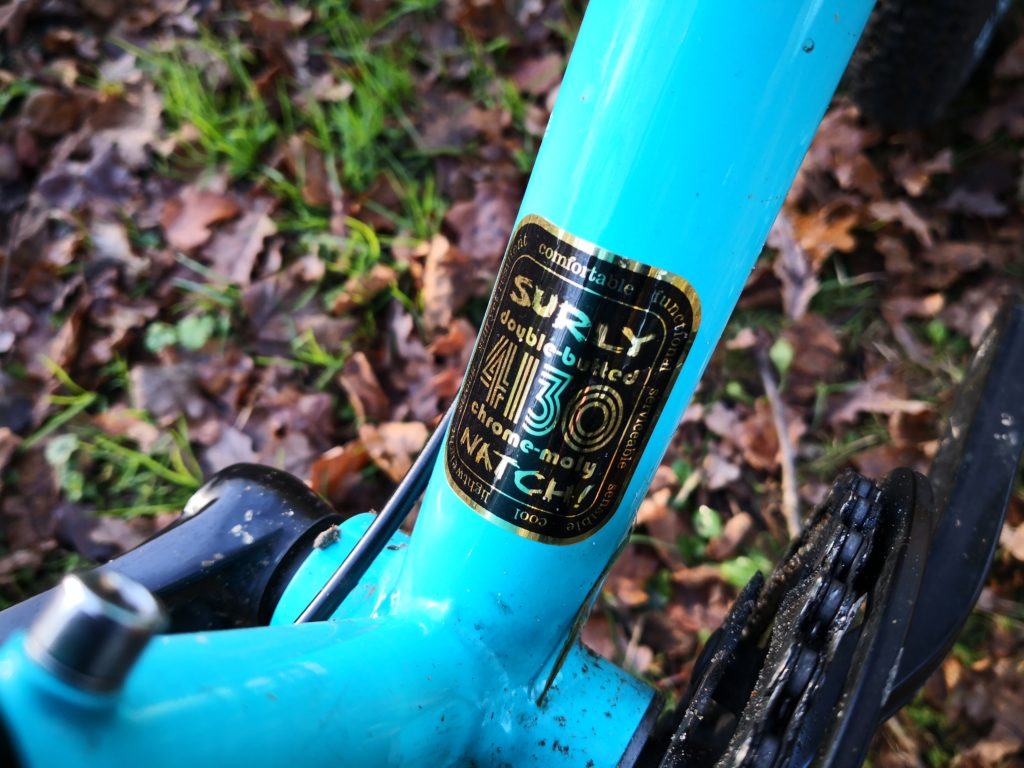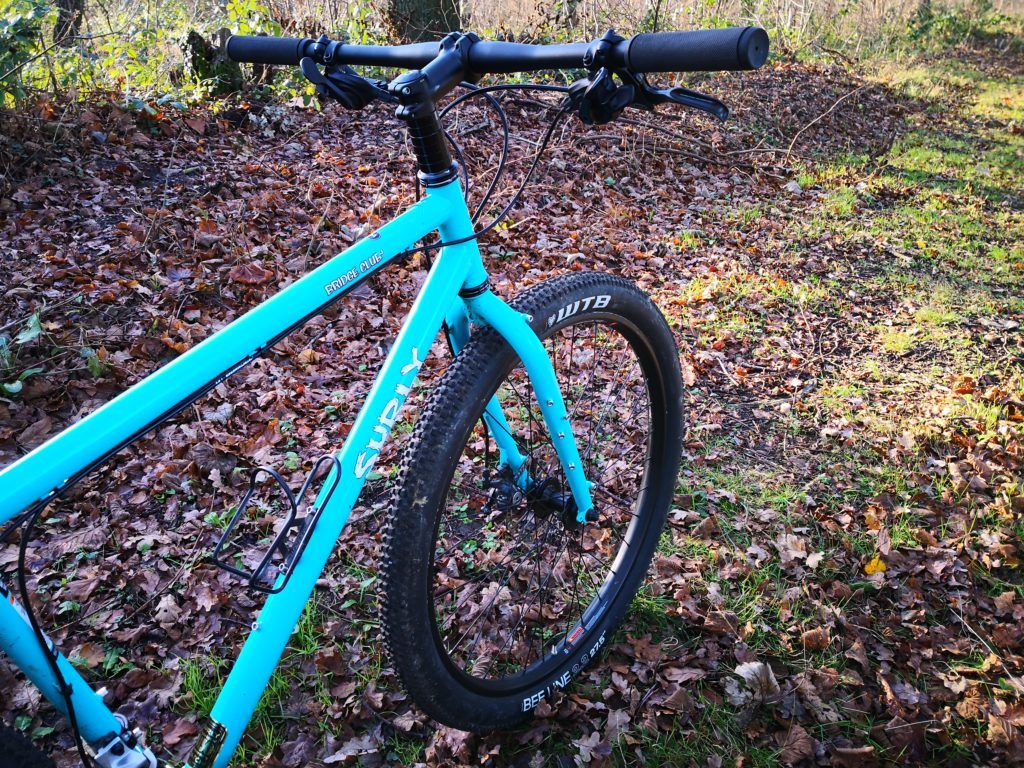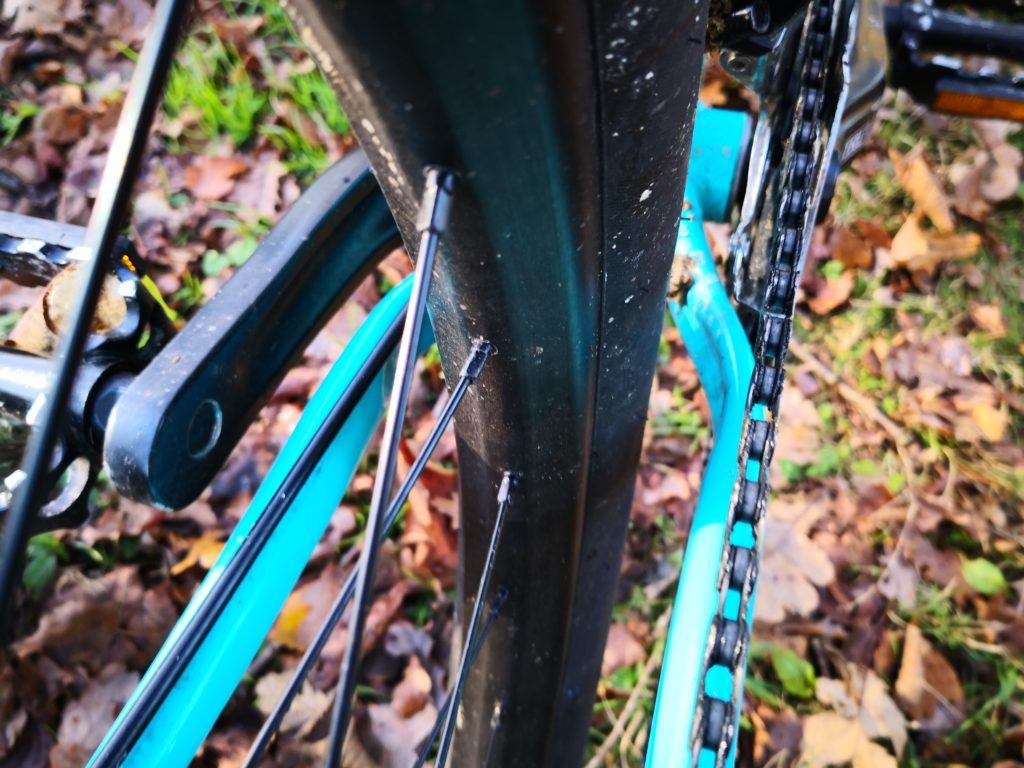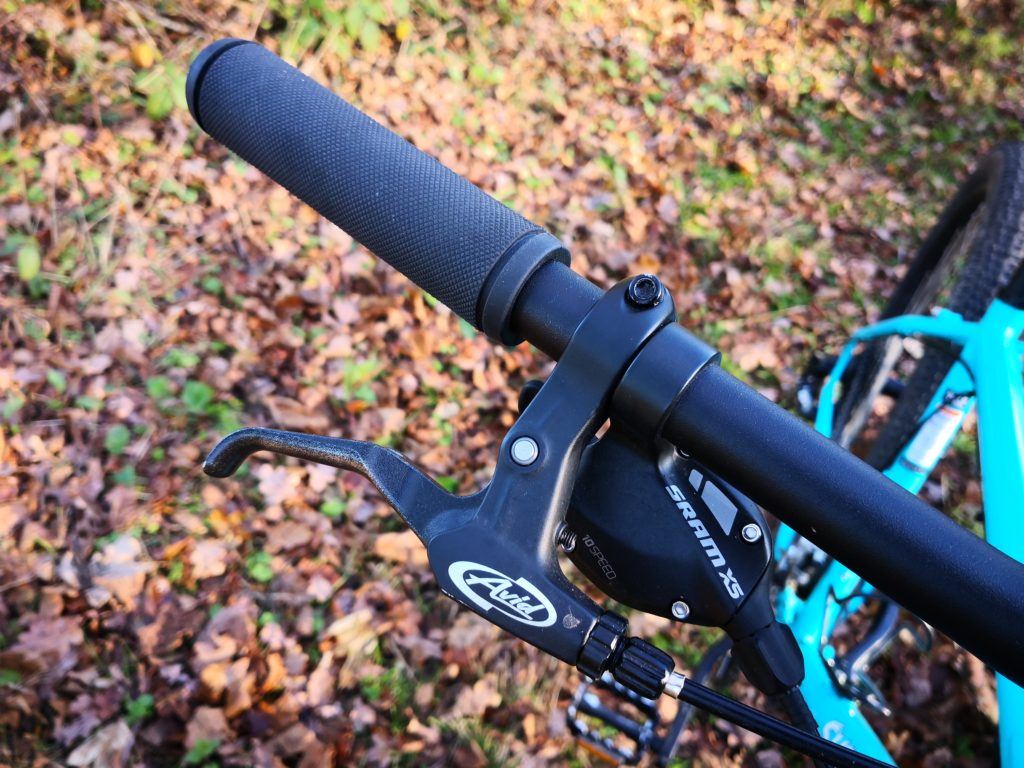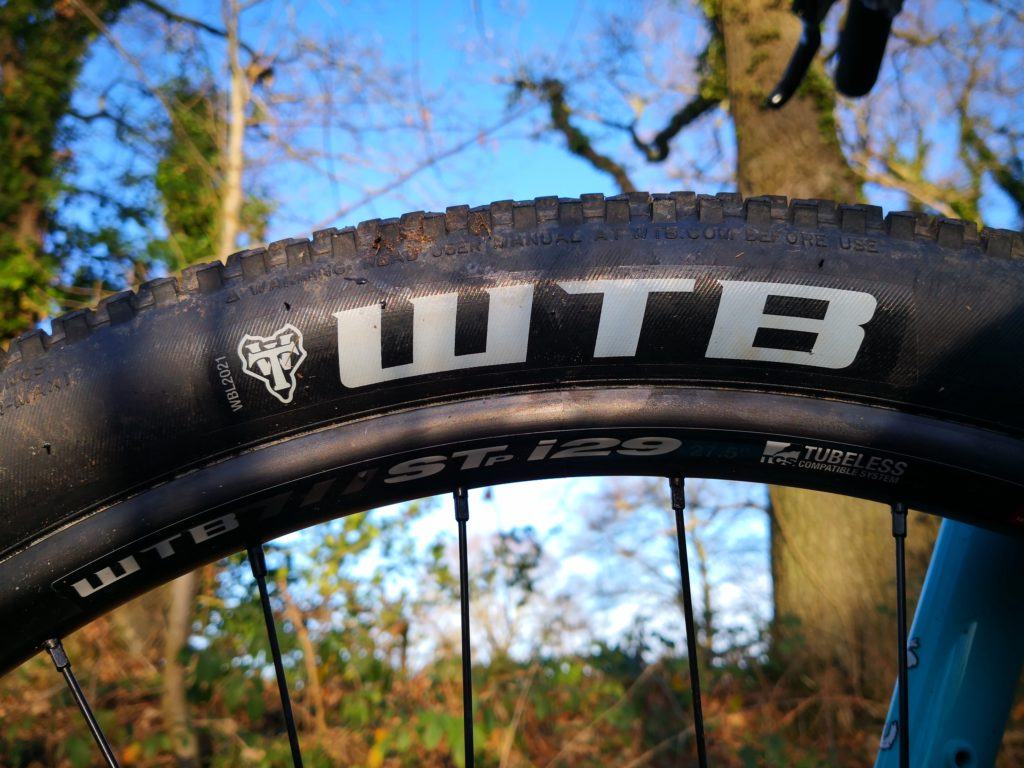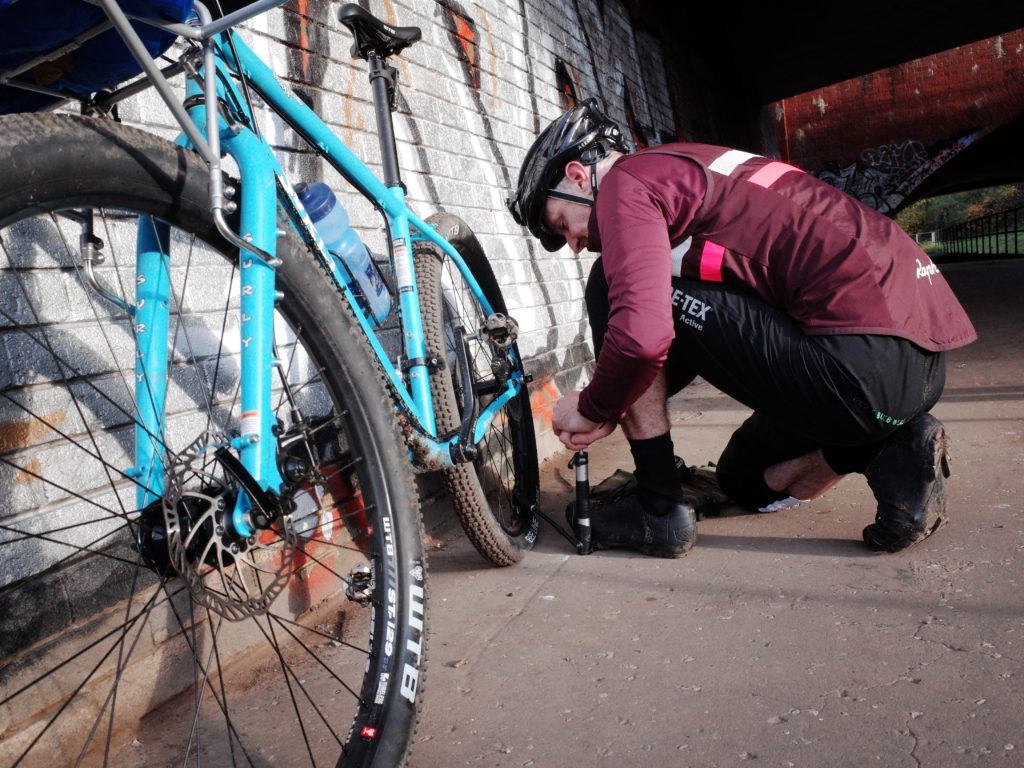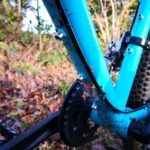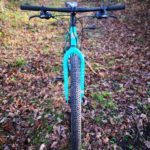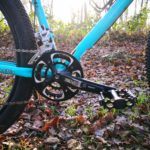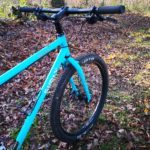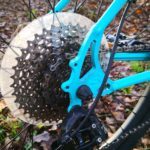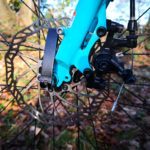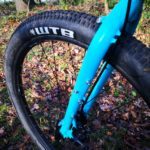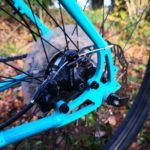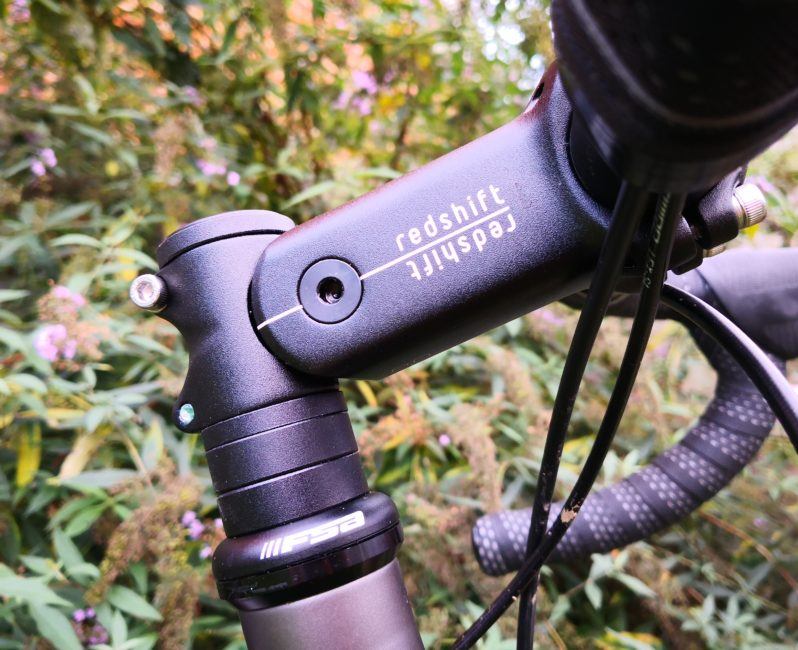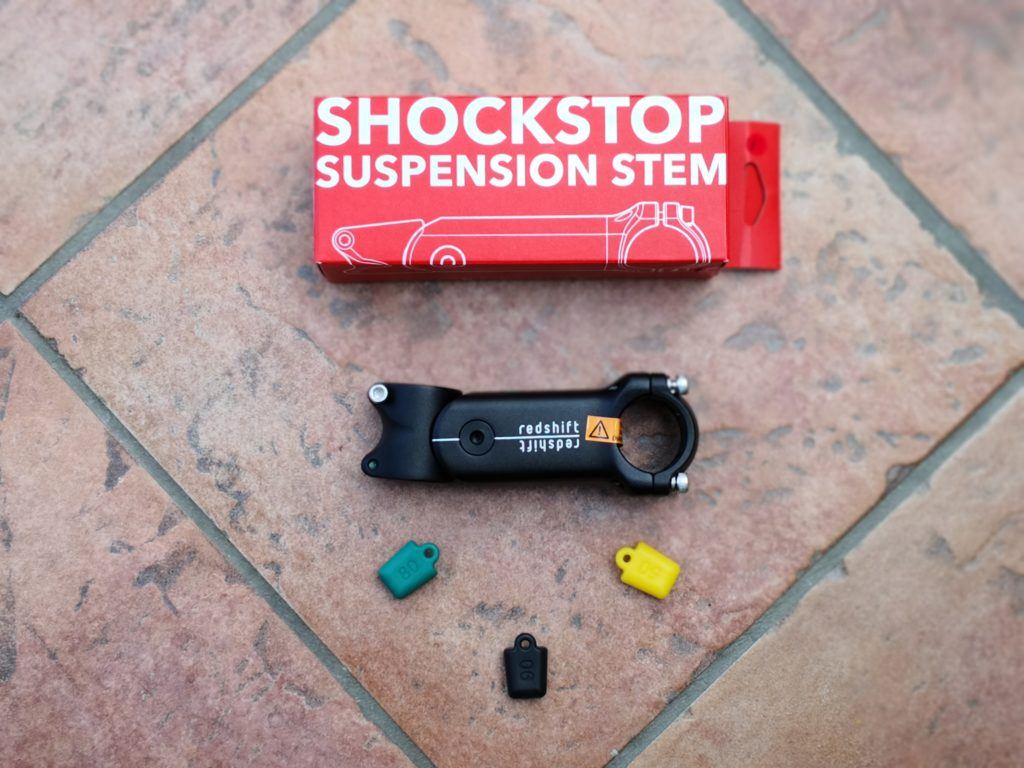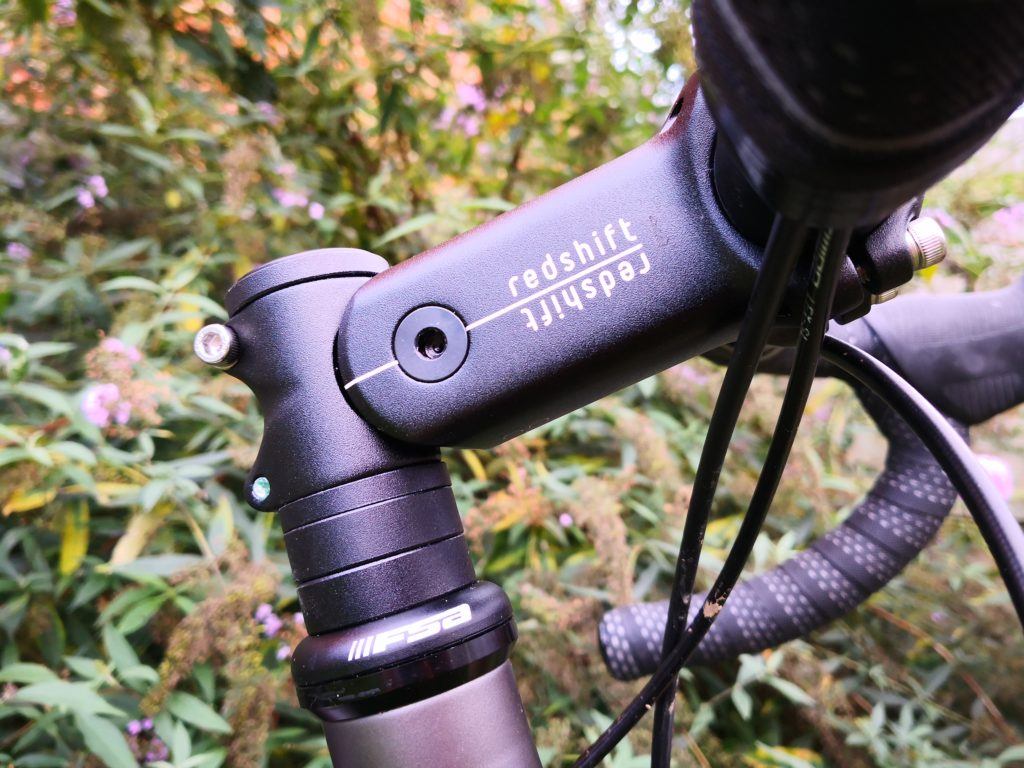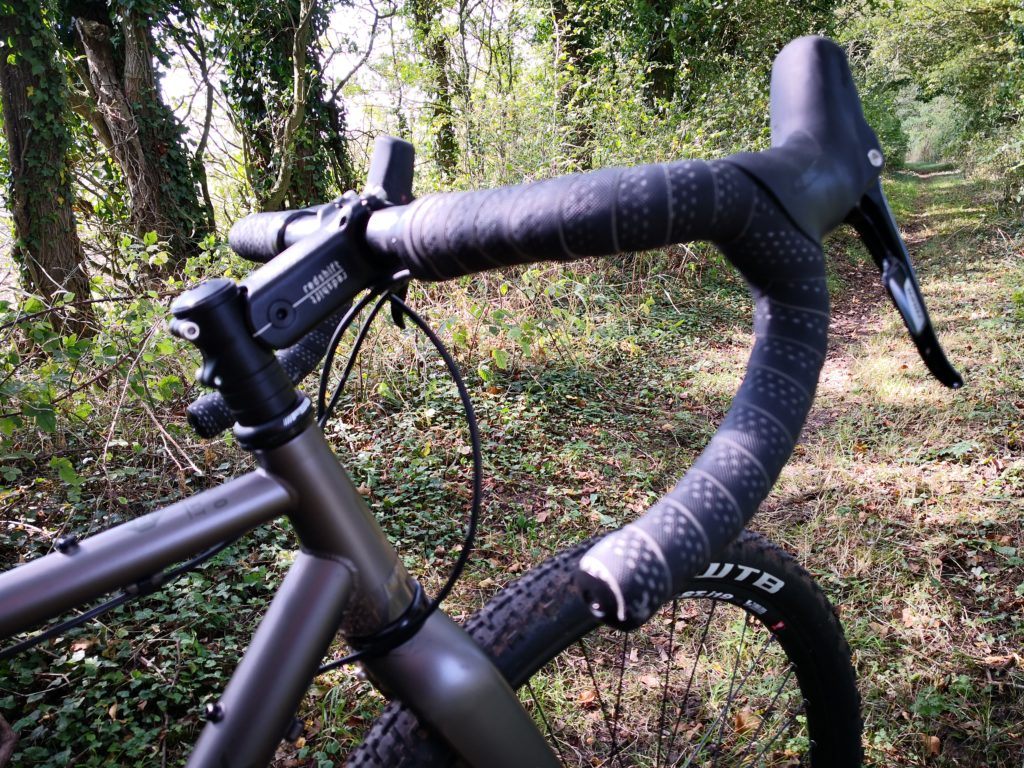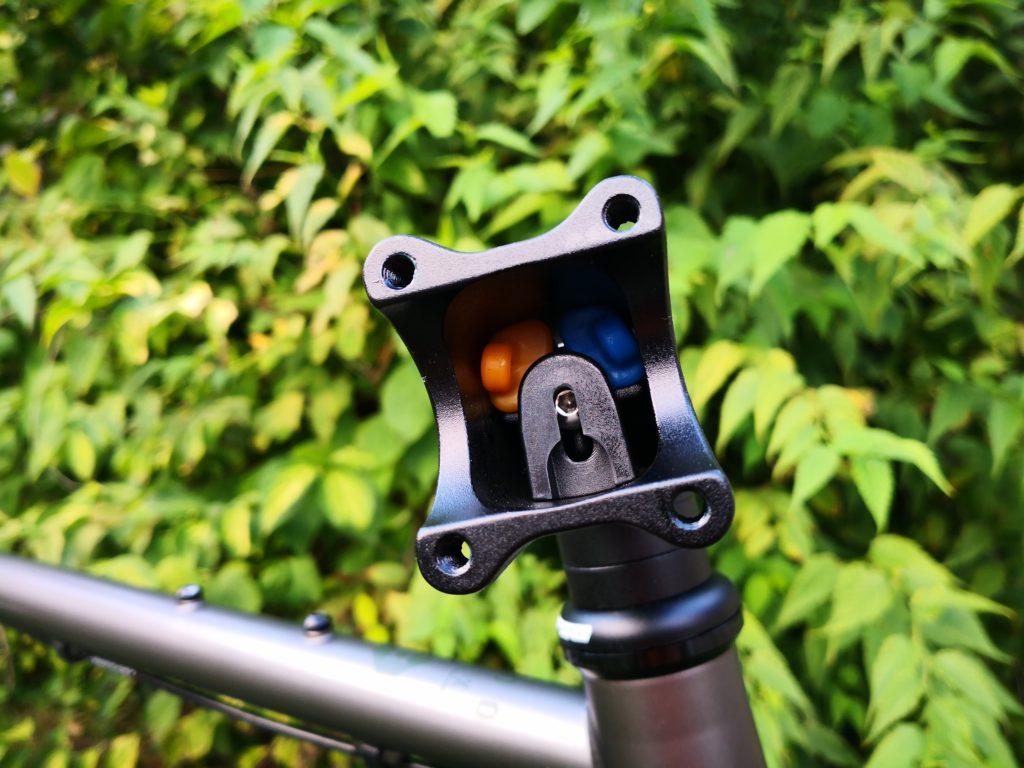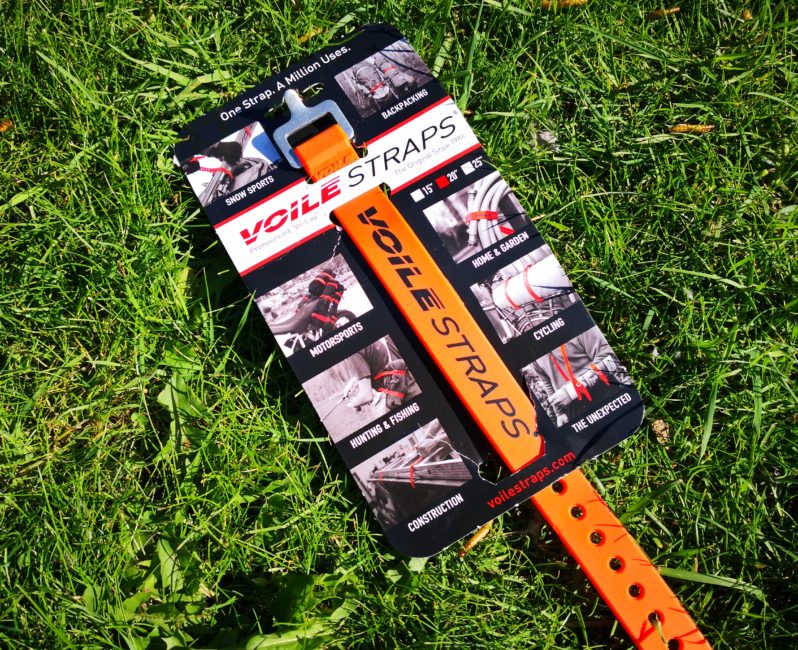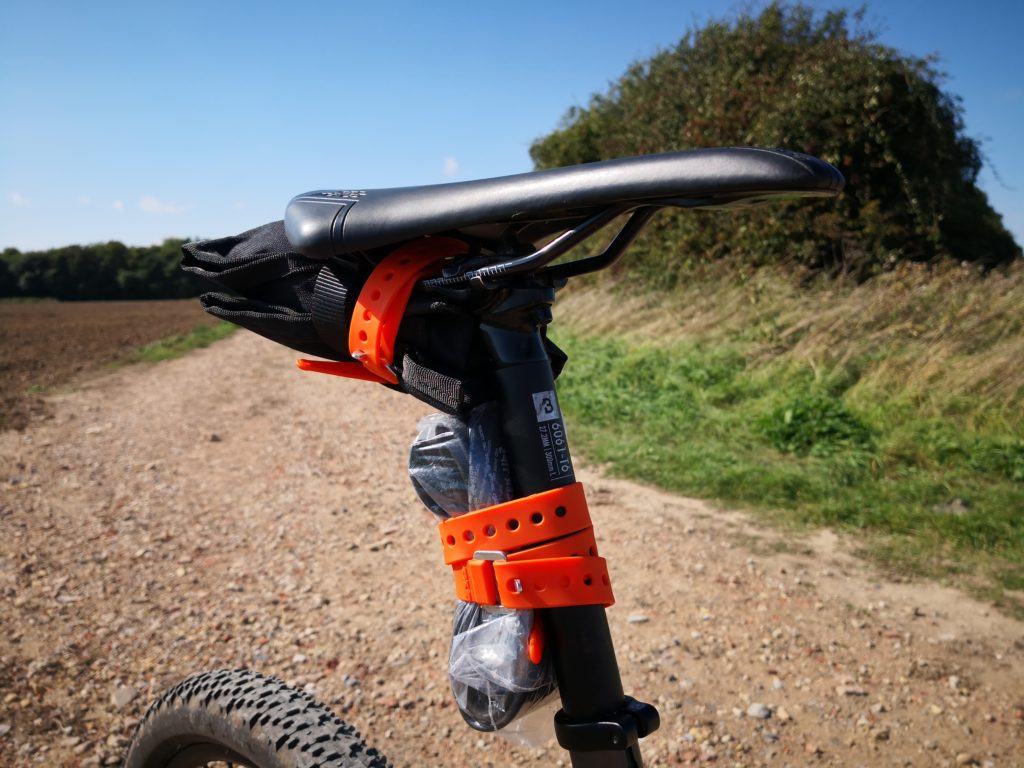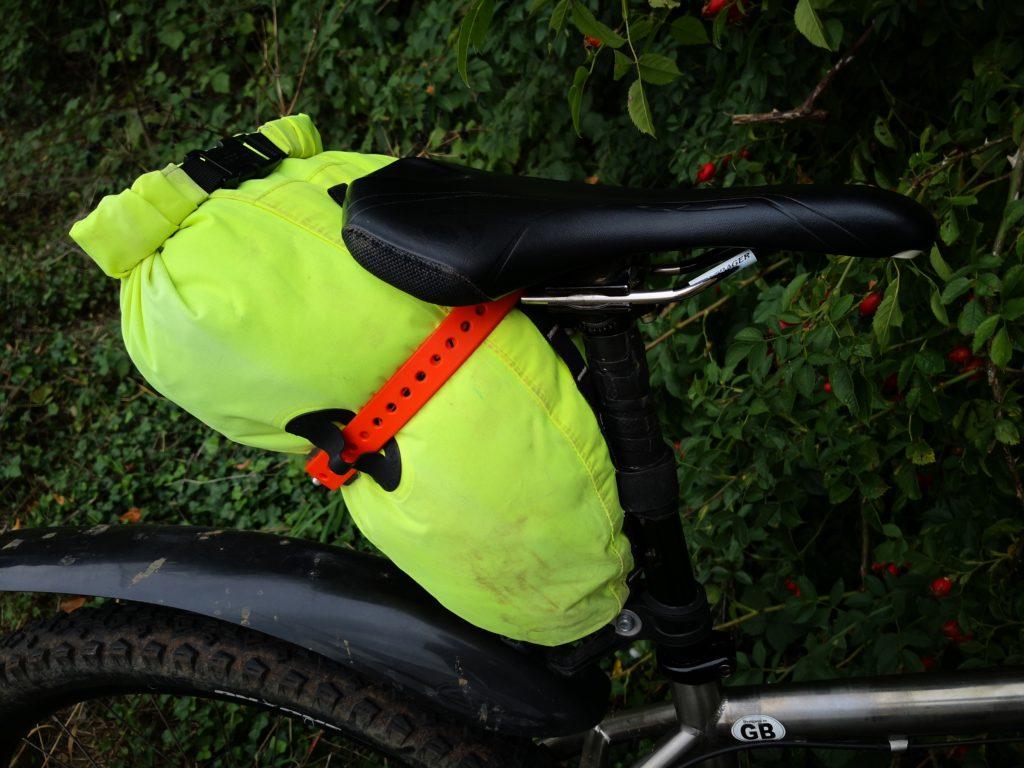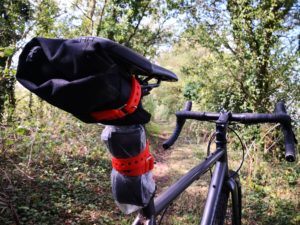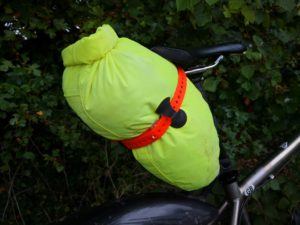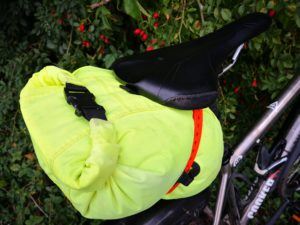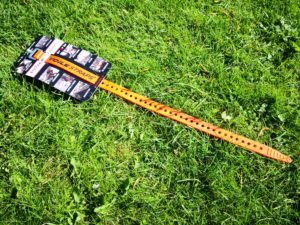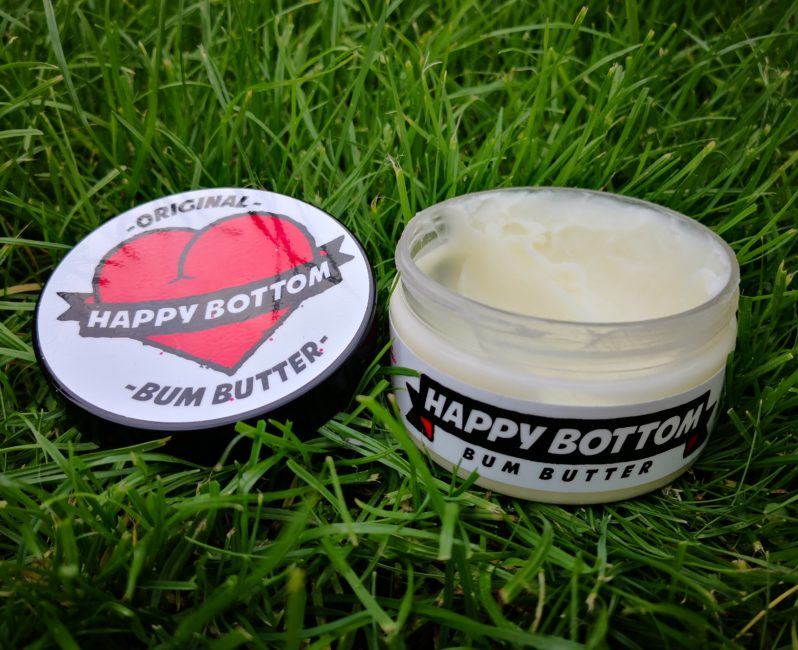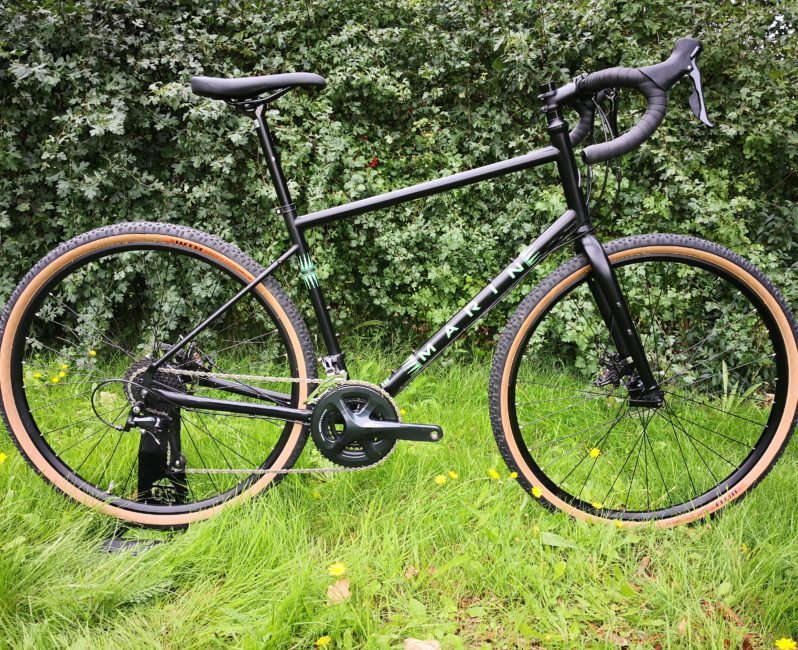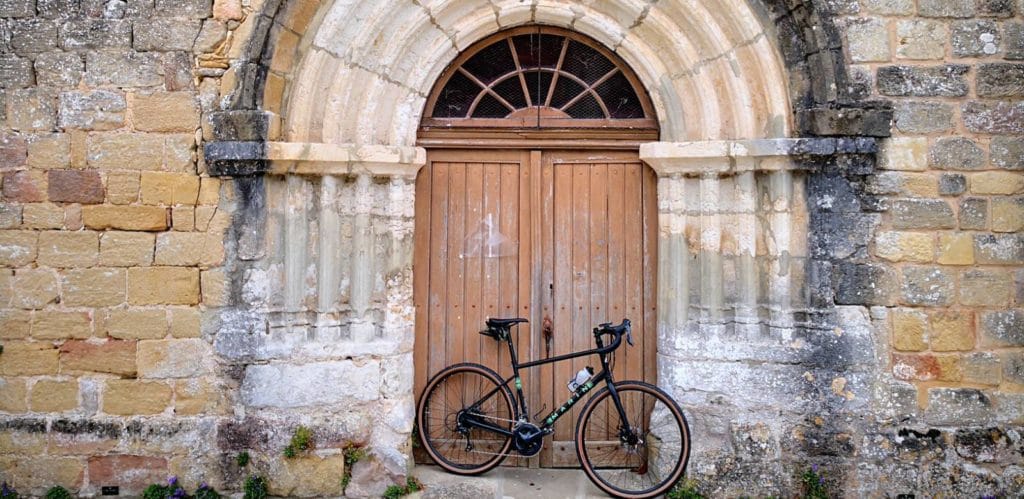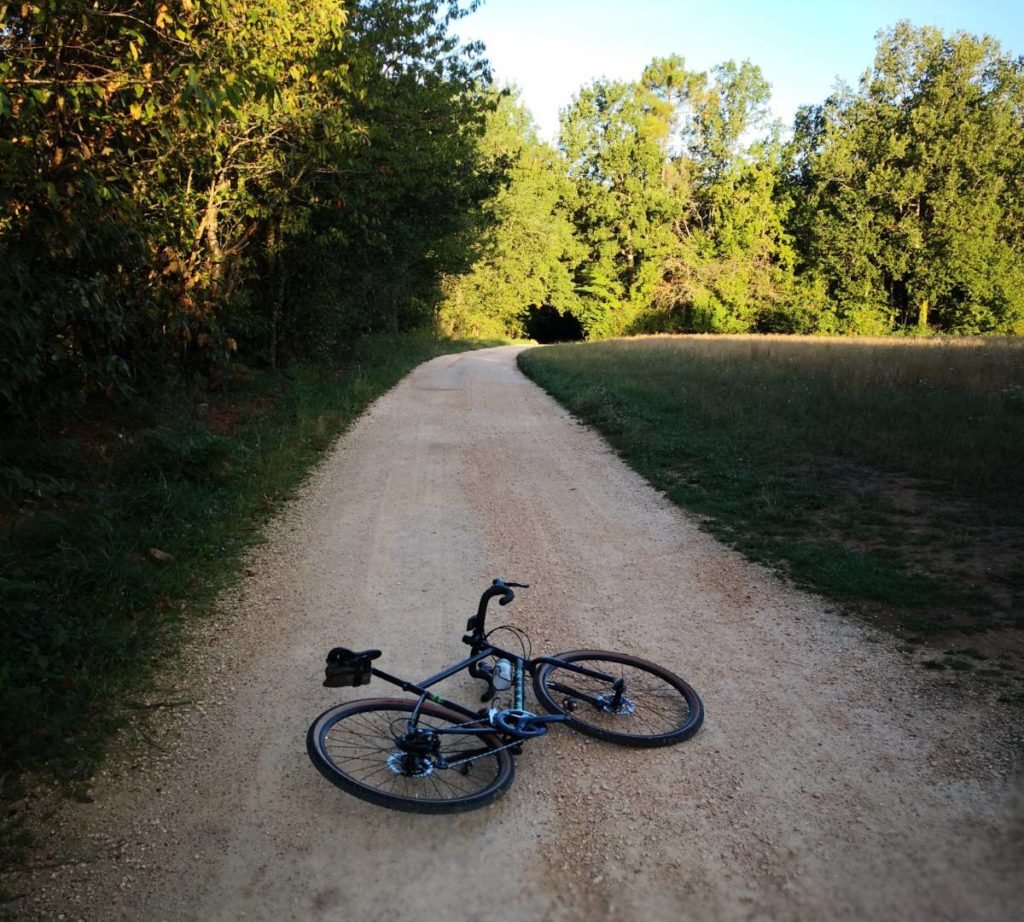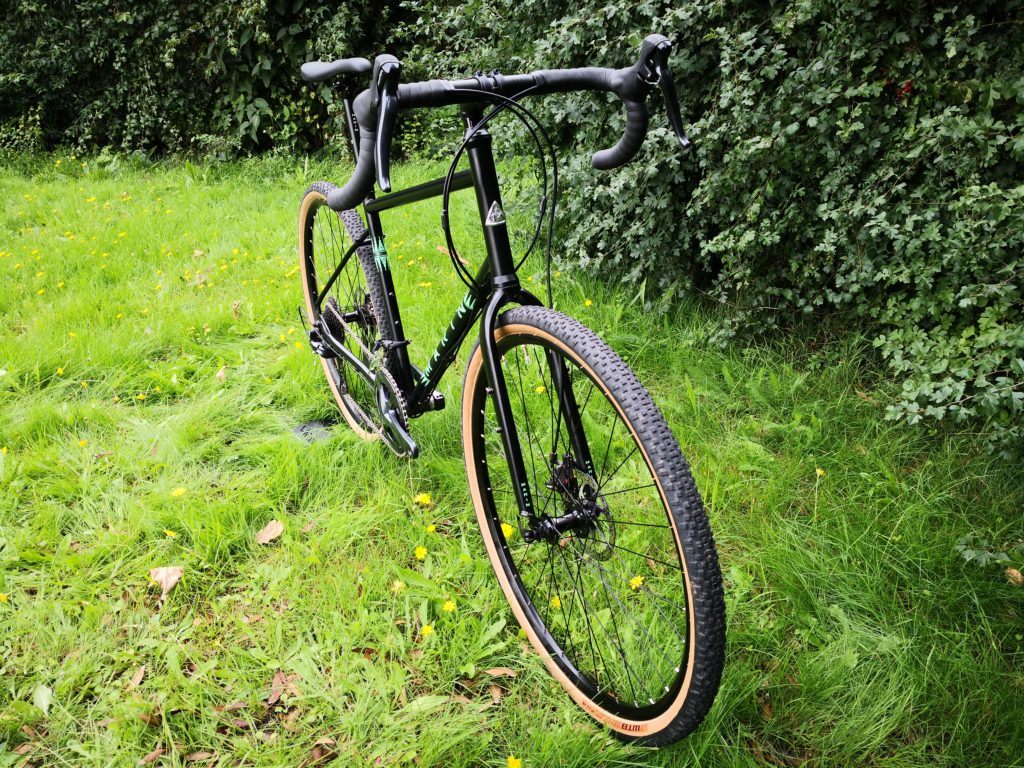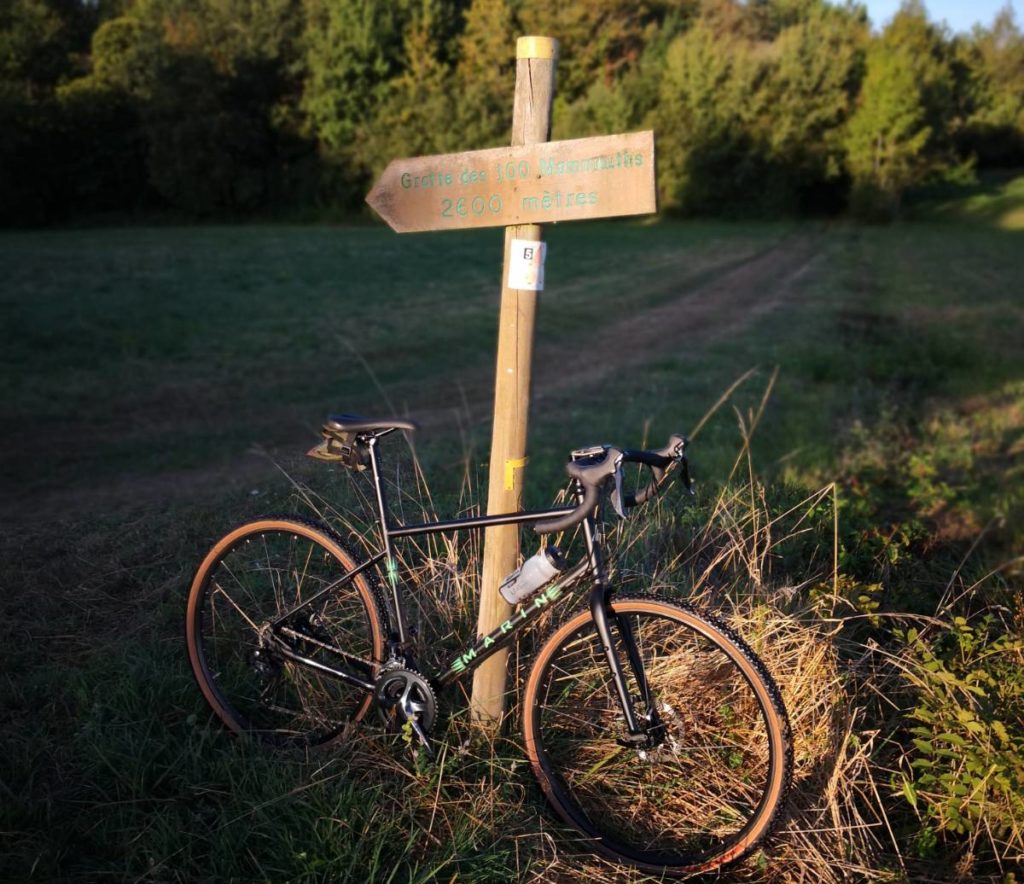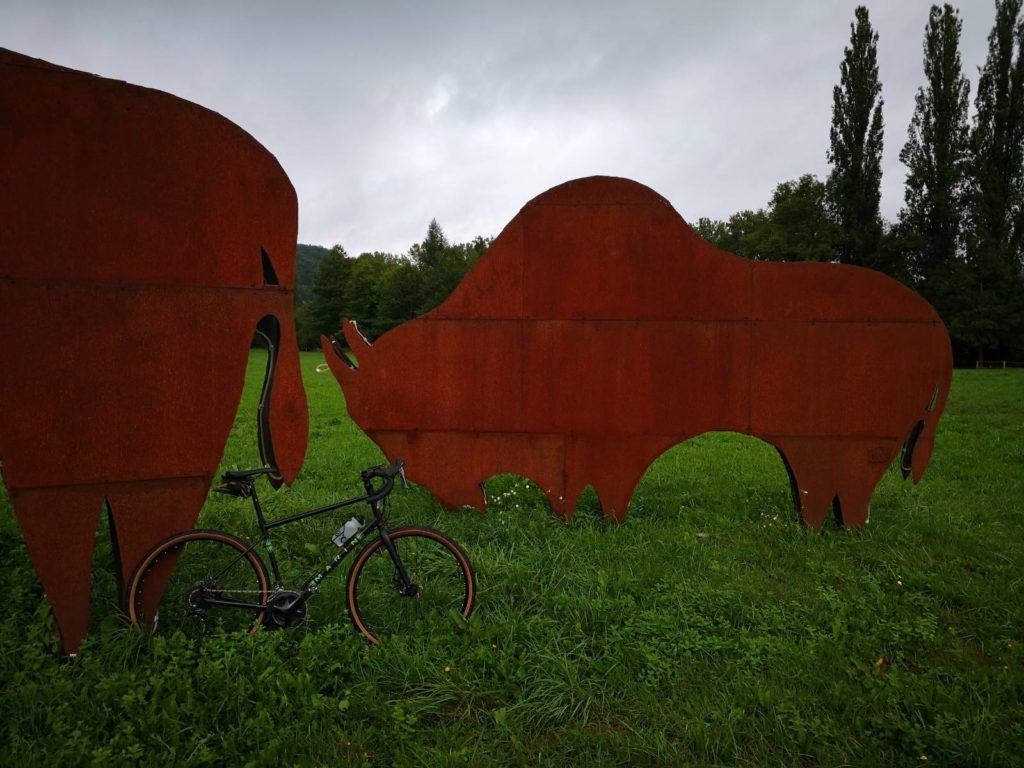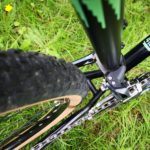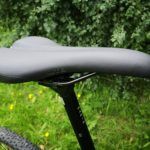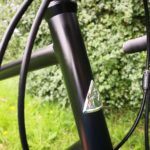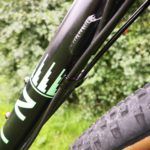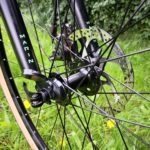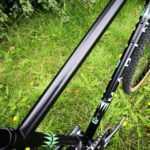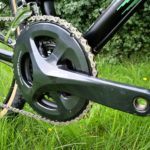Fancy a hand of bridge?
I heard about the release of the Bridge Club back in April and have been itching to ride one ever since. Why? The Bridge Club has pulled off the trick of not fitting into any of the currently available pigeonholes. It isn’t a Road, Gravel, Mountain, Enduro bike or anything else to be honest. It is simply a ‘bike’. This isn’t damning it with faint praise. Surly have produced a model that slots into all the sections of a Venn diagram.
It came with fast rolling 2.4″ tyres so could handle trails without being a bind on the road. It has clearance for 2.8″ Plus tyres as well as 700 x 47c gravel wheels. In theory wherever you want to go, the Bridge Club will take you. It might not be the perfect bike for the job but you won’t regret riding it.
The Frameset
Surly have used their ubiquitous Natch 4130 CrMo steel tubeset for the Bridge Club. While not exotic, it comes in five sizes from XS to XL. Each size has custom drawn butting profiles. Inside is an ED (Electro-Deposition) coating to keep corrosion at bay. Outside is a tough powder coat finish. The decals aren’t lacquered so you can remove or replace them without fuss. There’s every chance it’ll outlive you!
Braze ons
Another Surly signature feature is the wide range of braze-ons. If bikepacking soft luggage isn’t to your taste, you can fit front and rear racks or a porteur-style front rack (like Surly’s own 24-pack seen in the photos). Fitting mudguards isn’t a problem either. Neither is going thirsty. With three-pack mount and a pair of bottle mounts on the frame (one on XS) plus a pair of three-pack cage mounts on the fork, you have plenty of options. Speaking of the fork, the Bridge Club takes a straight 1-1/8″ steerer. So don’t go getting your hopes up of fitting a suspension fork easily.
So far there are a lot of similarities between the Bridge Club and the Surly Troll/Ogre models. There are however, some crucial differences. Firstly, the Bridge Club does away with the Troll’s cantilever brake mounts and complicated Rohloff compatible drop outs. Alongside thinner gauge tubing, this allows the Bridge Club to drop some weight and allow cost savings against its heavy duty touring stablemates.
Being designed around 650b/27.5 wheels, the Bridge club can accommodate mountain bike plus tyres, but 700c gravel or road tyres won’t look lost as they might on the Ogre. Surly have used a variant of their neat Gnot-Boost trick by setting the rear dropouts at 138mm. They’ll open up to receive 141 QR hubs and clamp down on 135mm regular QR hubs if needed. The fork takes a standard 100mm QR hub.
Finally, the colour, Diving Board Blue looks fantastic and received plenty of positive comments on the Rapha Prestige. If you prefer to fly under the radar you can also get a Bridge Club in Dark Black.
Components
Surly bikes usually come with sensible rather than exotic parts and the Bridge Club is no exception.
The drivetrain is 10 speed Sram GX/X5 with a Sunrace cassette to give an 11-40 option. The Sram Blaze chainset uses an Isis BB (remember them?!)This allows a wider axle to give chainring clearance when running those fat plus tyres. It all works as smoothly as we’ve come to expect from a modern drive train.
The Avid brake levers are familiar but this was our first time with ProMax cable brakes. Despite our fears they were surprisingly effective and a good match for the situations the Bridge Club was likely to face.
The seatpost and stem are generic affairs. The Salsa Bend bars with a 17º err, bend, are a highlight and provide a good halfway house between standard flat bars and Jones/Moloko style bars. The grips are black rubber with a file grip, better suited to singletrack than touring, but still comfortable after 90-100km.
The wheelset is another multi-purpose affair. The WTB STi29 tubeless rims are tough for touring loads and wide enough to support plus tyres. The Riddler 2.4″ tyres are as wide as you’d want for true all round use. Cup and cone hubs will divide opinion but appeal to backcountry servicing types. Most of us would probably prefer sealed bearings.
Normally I’m a fan of WTB saddles but I found the 135mm Volt a bit narrow, the Marin Four Corners we tested had the 142mm version which was perfect. Saddles are a personal thing and it shows 7mm can make all the difference.
Take it to the Bridge
Thanks to Surly supplying the Bridge Club with a healthy stack of spacers and a long seat post, I was able to get comfortable on the Bridge Club. At 180cm/5′ 11″ I was right at the limit of the Medium. As an all rounder, neutral handling was the order of the day. Not so slack it wanders on the climbs and not so steep that it becomes twitchy.
As well as local rides we took the Bridge Club to the Rapha Prestige, Manchester. The 90km route took in city centre roads, tow paths, gravel tracks and Peak District single tracks descents…everything short of a trail centre then! The Bridge Club took them all in it’s stride with no cause for complaint. The only downside was a series of punctures. Our test bike differs slightly from the production model and came with WTB Beeline 2.2″ tyres, instead of the stock WTB Riddler 2.4″.
Innertubes. A thorny subject… Production models come equipped with tubeless ready tyres unlike our test bike here.
For the Prestige we were also able to try the Bridge Club with Surly’s 24 pack rack. Placing all my kit in a dry bag on the front it didn’t affect the handling for the sort of riding the Bridge Club is designed for.
Conclusion
Surly say the Bridge Club was designed to be a sweet spot tourer that’s as at home on the road as the trail, and I’d say they’ve hit that sweet spot. If, for whatever reason, n+1 isn’t an option, the Bridge Club is a great choice. The versatility to run anything from wide road to Plus sized MTB tyres means you’ll be ready for just about anything your ride can throw at you.
